Quad Rotorcraft Control
Series Editors' Foreword
Foreword
Preface
Acknowledgements
Contents
Chapter 1: Introduction
1.1 Unmanned Aerial Vehicles
1.1.1 Brief History
1.1.2 Applications
1.1.3 UAVs Classification
1.2 State of the Art
1.3 Problem Statement
1.4 Contributions
1.5 Book Outline
Chapter 2: Modeling the Quad-Rotor Mini-Rotorcraft
2.1 The Quad-Rotor Mini-Rotorcraft
2.2 Quad-Rotor Dynamical Model
2.2.1 Euler-Lagrange Approach
2.2.2 Newton-Euler Approach
Translational Force and Gravitational Force
Torques
2.2.3 Newton's Equations to Lagrange's Equations
2.2.4 Newton-Euler Approach for an X-type Quad-Rotor
2.3 Concluding Remarks
Chapter 3: The Quad-Rotor Experimental Platform
3.1 General Overview of UAV Sensing Technologies
3.2 System Architecture
3.3 Supervisory Ground Station
3.4 Quad-Rotor Design
3.4.1 Cross-Flyer Design
3.4.2 X-Flyer Design
3.4.3 Improved X-Flyer Design
3.5 Hierarchical Control Strategy
3.5.1 Altitude and Yaw Control
3.5.2 Control of Forward Position and Pitch Angle
3.5.3 Control of Lateral Position and Roll Angle
3.6 Autonomous Hover Flight Experiments
3.6.1 Cross-Flyer Hover Graphics
3.6.2 X-Flyer Hover Graphics
3.6.3 Improved X-Flyer Hover Graphics
3.7 Concluding Remarks
Chapter 4: Hovering Flight Improvement
4.1 Introduction
4.2 Brushless DC Motor and Electronic Speed Controller
4.3 Control Strategy for Attitude Improvement
4.3.1 Attitude Control
4.3.2 Armature Current Control
4.4 Experimental System Configuration
4.4.1 Aerial Vehicle
4.4.2 Supervisory Ground Station
4.5 Experimental Results
4.6 Concluding Remarks
Chapter 5: Imaging Sensors for State Estimation
5.1 Camera Model
Central Projection Using Homogeneous Coordinates
Principal Point Offset
Extrinsic Parameters
Intrinsic Properties
5.1.1 Camera Calibration
Calibration Using a Chessboard
5.2 Stereo Imaging
Triangulation
5.2.1 Epipolar Geometry
The Essential and Fundamental Matrices
Essential Matrix Math
Fundamental Matrix Math
Epipolar Lines
5.2.2 Calibration of the Stereo Imaging System
Stereo Rectification
Calibrated Stereo Rectification: Bouguet's Algorithm
Calibrating a Stereo Rig Using the Camera Calibration Toolbox for Matlab
5.3 Optical Flow
5.3.1 Computing Methods
5.4 Implementing an Imaging System for the Quad-Rotor UAV
5.4.1 Deported and Embedded Systems
5.4.1.1 Deported Systems
5.4.1.2 Embedded Systems
5.4.2 Challenges when Using Monocular and Stereo Imaging Systems
Monocular Imaging System
Stereo Imaging System
5.4.3 Monocular Imaging System Implementation
5.4.4 Stereo Imaging System Implementation
5.5 Concluding Remarks
Chapter 6: Vision-Based Control of a Quad-Rotor UAV
6.1 Position Stabilization Using Vision
6.1.1 Introduction
6.1.2 Visual System Set-up
6.1.3 Vision-Based Position Estimation
6.1.3.1 Computing the 3-dimensional Position
6.1.3.2 Translational Velocities
6.1.3.3 Prediction of the Landing Pad Position
6.1.4 Control Strategy
6.1.4.1 Altitude and Yaw Control
6.1.4.2 Control of Forward Position and Pitch Angle
6.1.4.3 Control of Lateral Position and Roll Angle
6.1.5 Experimental System Configuration
6.1.6 Experimental Applications
6.1.7 Final Comments
6.2 A Comparison of Nonlinear Controllers Using Visual Feedback
6.2.1 Introduction
6.2.2 System Set-up
6.2.3 Control Strategies
6.2.3.1 Nested Saturations Control
Control of Forward Position and Pitch Angle
Control of Lateral Position and Roll Angle
6.2.3.2 Backstepping Control
Control of Forward Position and Pitch Angle
Control of Lateral Position and Roll Angle
6.2.3.3 Sliding Modes Control
6.2.4 Experimental Applications
6.2.5 Final Comments
6.3 Vision-Based Altitude and Velocity Regulation
6.3.1 Introduction
6.3.2 System Set-up
6.3.3 Image Processing
6.3.3.1 Extracting the Road Zone
6.3.3.2 Altitude and Position
6.3.3.3 Translational Velocities
6.3.4 Control Strategy
6.3.4.1 Altitude and Yaw Subsystems
6.3.4.2 Longitudinal Subsystem
6.3.4.3 Lateral Subsystem
6.3.5 Experimental Application
6.3.6 Final Comments
6.4 Concluding Remarks
Chapter 7: Combining Stereo Imaging, Inertial and Altitude Sensing Systems for the Quad-Rotor
7.1 Estimating Motion
7.1.1 Introduction
7.1.1.1 Related Work
7.1.2 System Setup
7.1.3 Experimental Platform Overview
7.1.3.1 Visual and Inertial Navigation System
7.1.3.2 Supervisory Ground Station
7.1.4 Stereo Visual Odometry
7.1.4.1 Detecting Features
7.1.4.2 3-dimensional Reconstruction
7.1.4.3 Estimating Motion
7.1.5 A Simple Strategy for Imaging, Inertial and Altitude Data Fusion
7.1.6 Experimental Results
7.1.7 Final Comments
7.2 Comparison of Different State Estimation Algorithms for Quad-Rotor Control
7.2.1 Introduction
7.2.2 Problem Statement
7.2.2.1 Measurement Model
7.2.3 Design of Imaging-Inertial State Observers
7.2.3.1 Luenberger State Observer
7.2.3.2 Kalman Filter
7.2.3.3 Complementary Filter
7.2.4 Experimental Results
7.2.5 Final Comments
7.3 Concluding Remarks
Chapter 8: Conclusions and Future Work
8.1 Conclusions
Development of a Well Suited Quad-Rotor Platform
Control System for Improving the Attitude Stabilization
Vision-Based Quad-Rotor Control Using a Monocular Imaging System
Study of Nonlinear Controllers Comparison
Development of an Imaging, Inertial and Altitude Sensing System
Study of Different State Estimation Algorithms
8.2 Future Work
References
Index
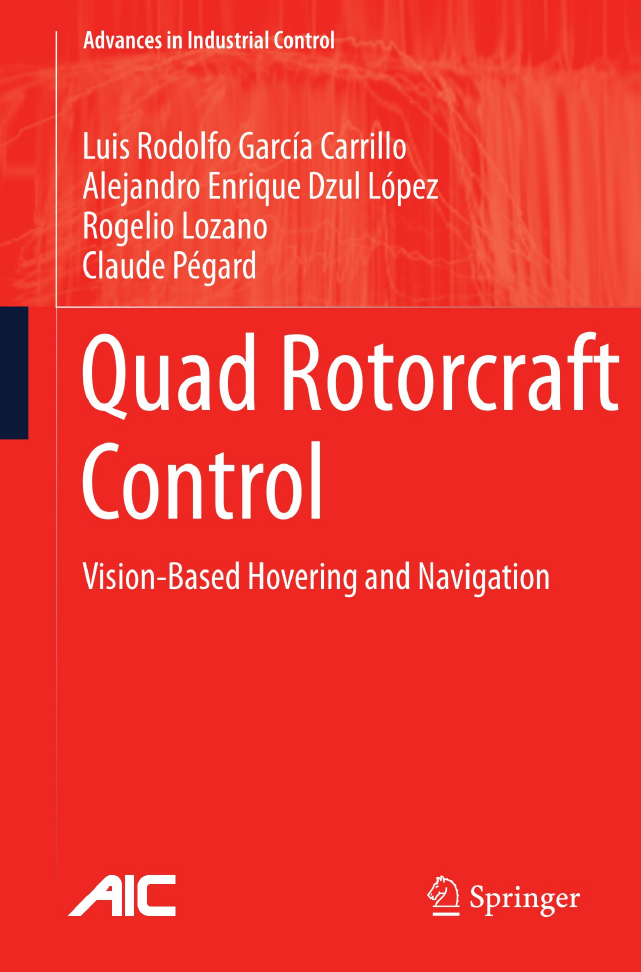
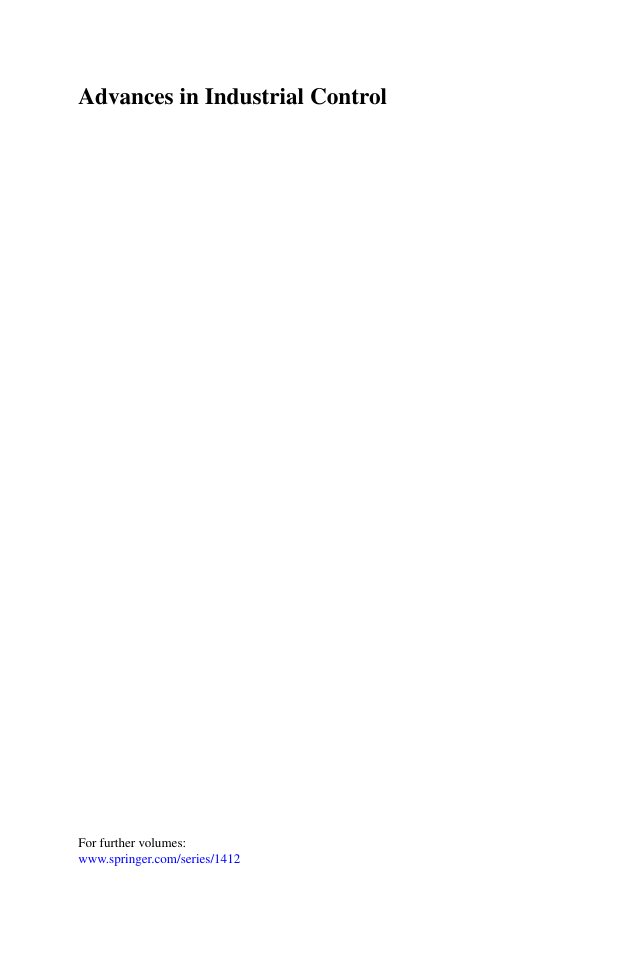
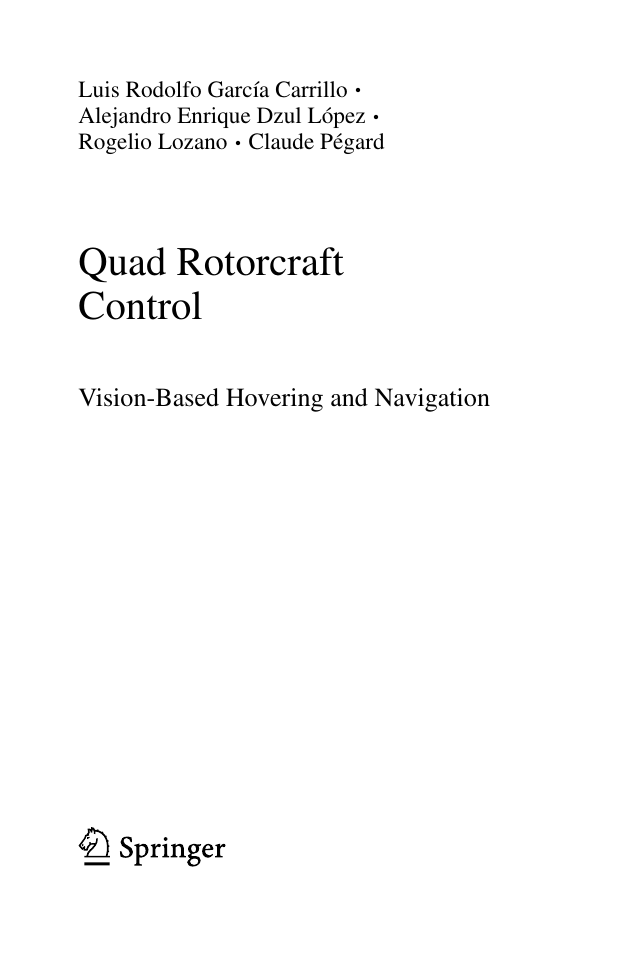

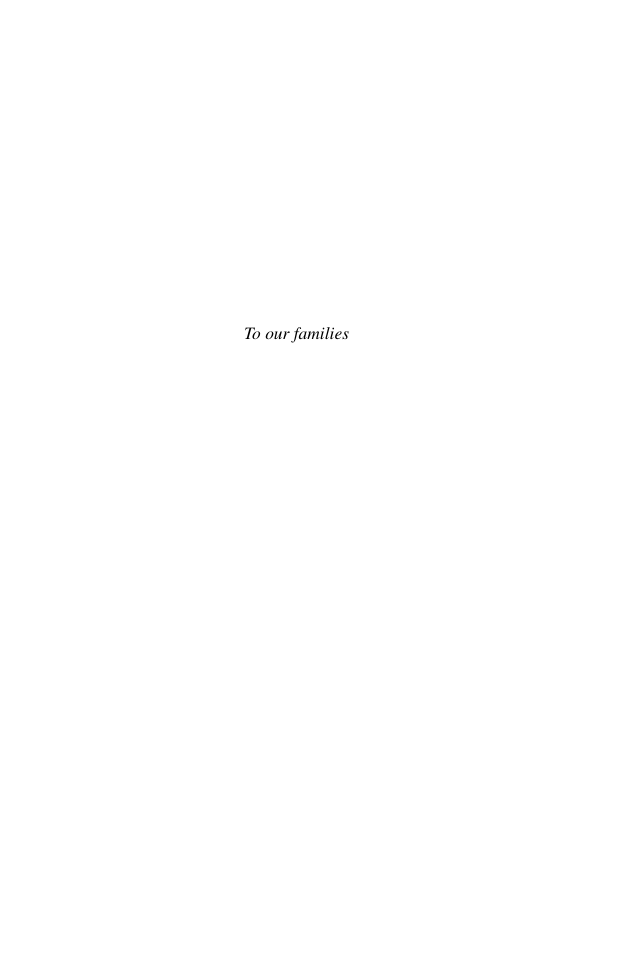
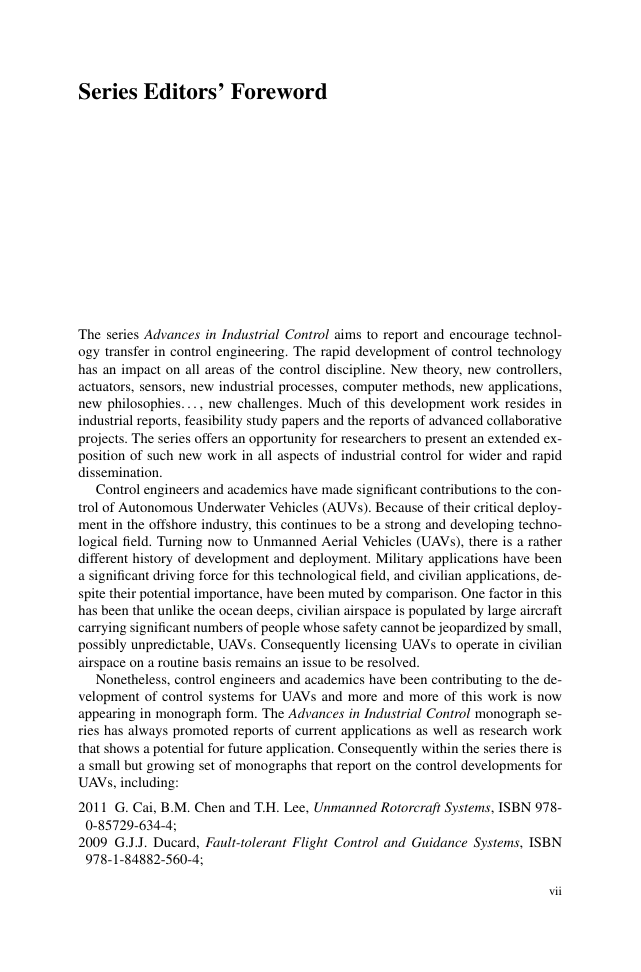
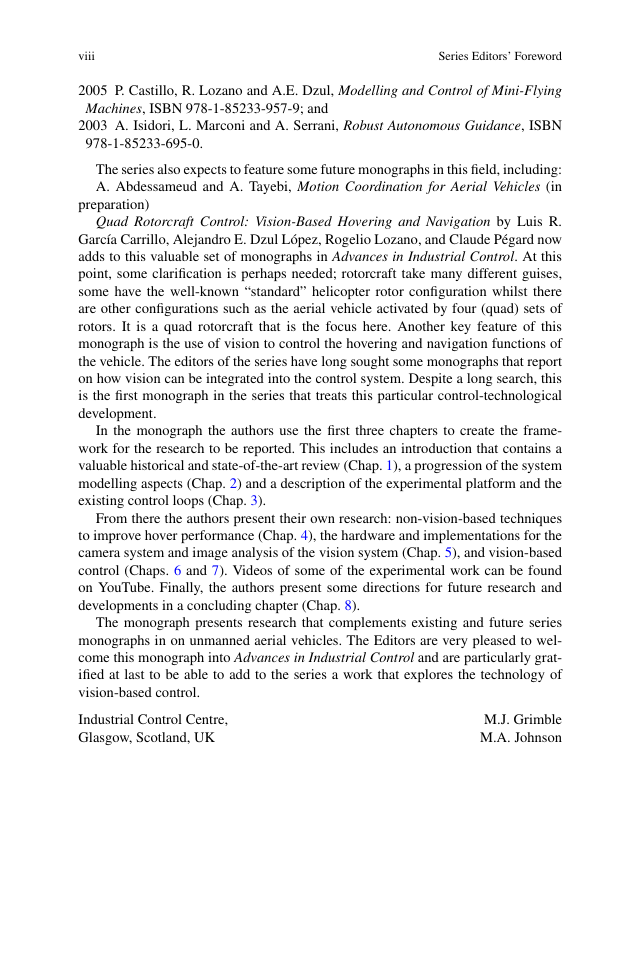
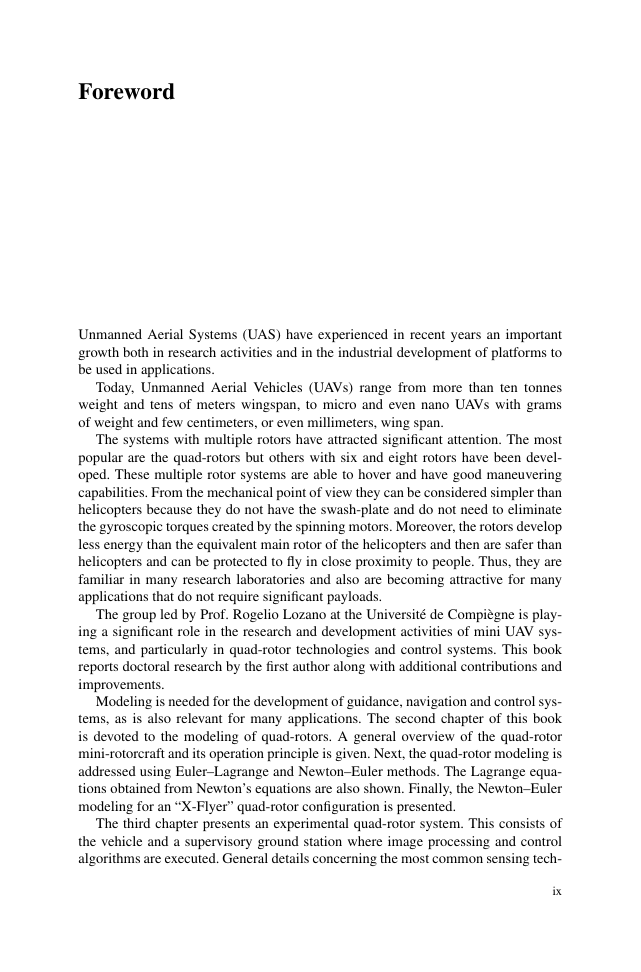








 2023年江西萍乡中考道德与法治真题及答案.doc
2023年江西萍乡中考道德与法治真题及答案.doc 2012年重庆南川中考生物真题及答案.doc
2012年重庆南川中考生物真题及答案.doc 2013年江西师范大学地理学综合及文艺理论基础考研真题.doc
2013年江西师范大学地理学综合及文艺理论基础考研真题.doc 2020年四川甘孜小升初语文真题及答案I卷.doc
2020年四川甘孜小升初语文真题及答案I卷.doc 2020年注册岩土工程师专业基础考试真题及答案.doc
2020年注册岩土工程师专业基础考试真题及答案.doc 2023-2024学年福建省厦门市九年级上学期数学月考试题及答案.doc
2023-2024学年福建省厦门市九年级上学期数学月考试题及答案.doc 2021-2022学年辽宁省沈阳市大东区九年级上学期语文期末试题及答案.doc
2021-2022学年辽宁省沈阳市大东区九年级上学期语文期末试题及答案.doc 2022-2023学年北京东城区初三第一学期物理期末试卷及答案.doc
2022-2023学年北京东城区初三第一学期物理期末试卷及答案.doc 2018上半年江西教师资格初中地理学科知识与教学能力真题及答案.doc
2018上半年江西教师资格初中地理学科知识与教学能力真题及答案.doc 2012年河北国家公务员申论考试真题及答案-省级.doc
2012年河北国家公务员申论考试真题及答案-省级.doc 2020-2021学年江苏省扬州市江都区邵樊片九年级上学期数学第一次质量检测试题及答案.doc
2020-2021学年江苏省扬州市江都区邵樊片九年级上学期数学第一次质量检测试题及答案.doc 2022下半年黑龙江教师资格证中学综合素质真题及答案.doc
2022下半年黑龙江教师资格证中学综合素质真题及答案.doc